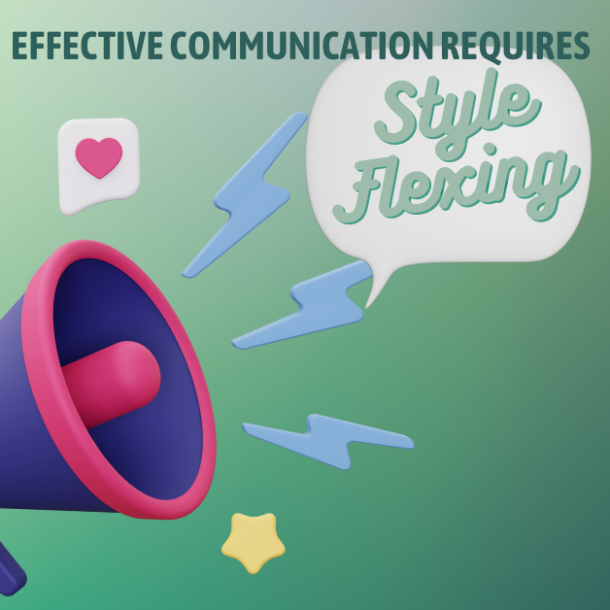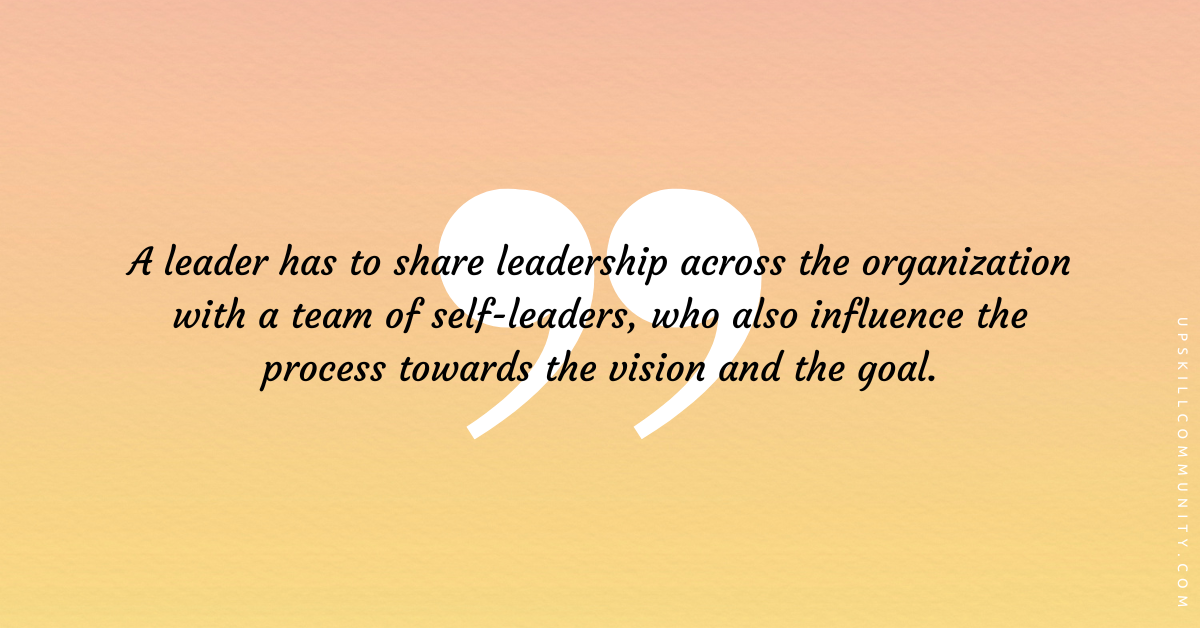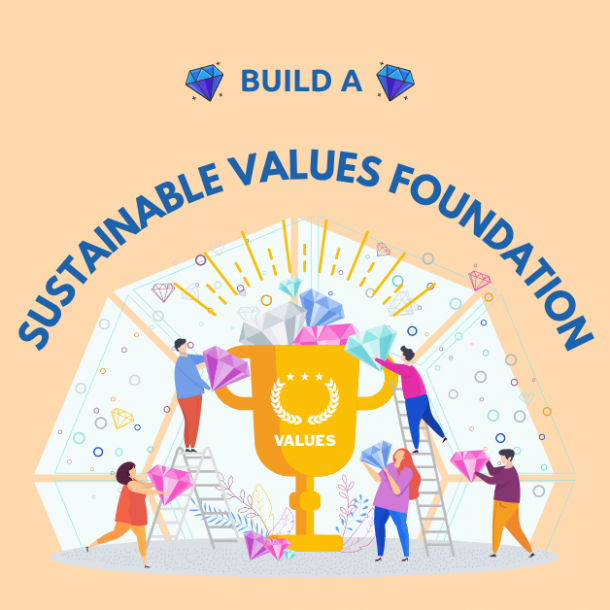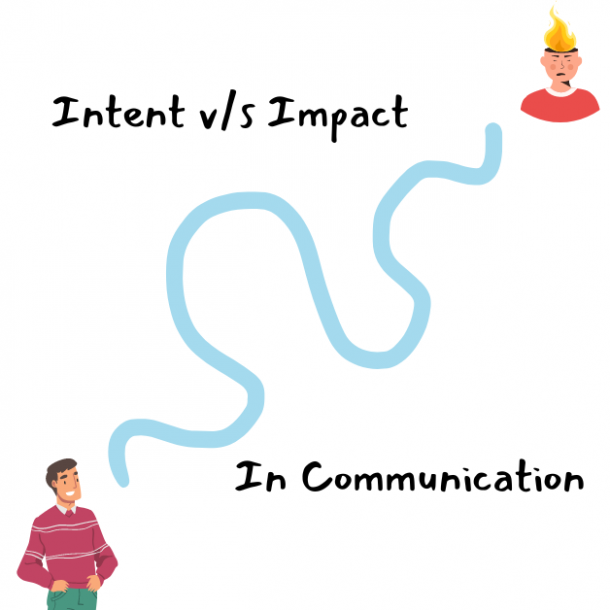
UpSkill: Partnering and Communicating as a Leader
Note: Thank you for your continued readership. Future blog posts will be posted Wednesday.
Let’s take a moment and figure out what we mean when we say leadership.
We all have our own definition of leadership. However, there are certain words that usually come up when we talk about leadership, regardless of our definition. We think of:
Empowerment
Influence
Communicating
Partnering
Nurturing
Relationship-building
Alignment
Collaboration
There are many ways we think of leadership, but it is important to think about leadership with these concepts in mind.
In 2014 the Pew Research Center published “Which leadership traits matter the most?” Their traits included ones such as honestly and intelligence.
The study focused on what leaders are supposed to be, but not what they are supposed to do. That has changed.
Post-pandemic, leaders will be held accountable to create, to cultivate. They will be expected to create a an equitable culture in their workplaces. They must be adaptable, flexible and accountable.
The leader must provide room for employee development. There must be a space for experimentation, education, exploration. A space for mistakes, failures. A space for peer leadership, partnership and connection.
The workplace must be a space where we talk openly about our biases and work together to cultivate bias consciousness. Spaces where we communicate who we are and bring our authentic selves to work and engage in authentic relationships. Leaders have a higher calling to create this culture and that is no ordinary undertaking.
Therefore, leadership is more than anything else, an influence process. No one leader can create all of those environments in one.
A leader has to share leadership across the organization with a team of self leaders, who also influence the process towards the vision and the goal.
This is a very important concept: Shared leadership.
Shared leadership can’t function in an environment without strong leaders. Our focus on self-leadership, self awareness and self-confidence is essential for all of us to work together to create the kind of culture a post-pandemic world needs.
In order to communicate and partner effectively we must be very good self leaders. We have to be able to communicate and partner within our teams, across teams, across organizations, across stakeholder groups. As the world shifts, relationship demands shift, people’s styles and preferences shift, we have to be agile enough to shift our perspectives and to shift our communication style in order to be effective.
We are not going to walk on the treadmill at the same pace for our whole career. We must put more effort in to become the best leaders we can.

I want to emphasize partnering. I want to take aside the word “partner.”
Think about the “P” in partner.
People, perspectives and productivity.
I want you to take away the word “partner” and break it into pieces. Think about the word “part.”
You are part of something bigger than yourself. You are part of a team, an organization.
Part of a community, part of something much bigger than yourself. When you recognize yourself as part then you understand the importance of partnering, because you do not complete the puzzle.
Building partnerships helps us to leverage strengths and identify unique bodies of knowledge. It also helps us to bring onboard skills we don’t have and skills that can take us forward. We gain insight, information or what salespeople call “trade secrets.”
Partnership is critical.
Who needs to partner?
Everyone, including you.
Who do you need to partner with? I’ll make three recommendations.
1. Develop the partnership mindset.
Think of yourself as a part of a partnership that is waiting to happen.
Partner across cultures, departments, interests, borders.
2. Communicate in the language of partnership
Always inclusive. Always seeking additional perspectives. Always understand that you are part of a whole.
3. Set goals and allocate time to grow your partnerships
Partnerships have to be nurtured. Water it like a plant and grow it until it becomes what you desire.



